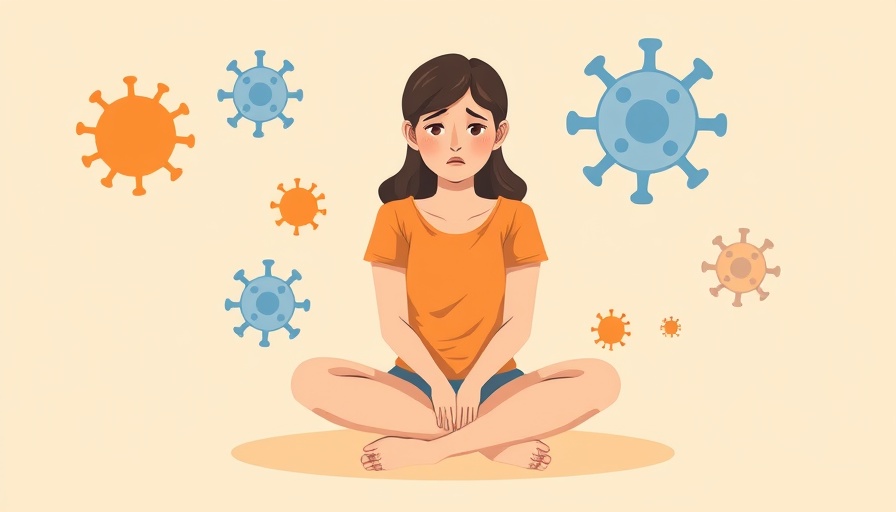
The Impact of DEI Policies on Medical Schools
In recent years, many medical schools have been championing diversity, equity, and inclusion (DEI) policies to ensure that future healthcare providers reflect the varied backgrounds of the communities they serve. However, a concerning trend is emerging as DEI initiatives face pushback. The increased scrutiny on these programs—as noted in recent reports—could lead to fewer diverse applicants, potentially affecting the quality of care provided in our healthcare systems.
Why Diversity Matters in Healthcare
Diversity in the medical field is crucial. It leads to improved health outcomes for all patients. When healthcare workers come from varied backgrounds, they bring different perspectives and experiences that can enhance patient care. For instance, doctors who understand the cultural contexts of their patients are often better equipped to offer effective treatment. This is particularly vital in addressing issues like maternal health and chronic diseases.
Examining the Chilling Effect of the Crackdown on DEI
The recent crackdown on DEI policies has raised alarms about a 'chilling effect'—reasons that could discourage potential candidates from applying to medical schools may include fear of bias against their backgrounds. This situation poses potential risks to the health workforce and ultimately to public health. The ramifications could hit particularly hard in rural areas where healthcare access can already be a challenge. The gap in medical training is expected to exacerbate existing health disparities.
What this Means for Parents and Children
Parents nationwide should be aware of how diminishing diversity in medical education might affect their children's healthcare in the future. If medical schools fail to attract a diverse range of applicants, children may face healthcare providers who lack the ability to relate to their experiences. Understanding this issue can empower parents to advocate for continued support of diversity initiatives in schools.
Taking Action: Advocating for Health Equity
How can parents help combat this worrying trend? One actionable step is to engage with local education boards and advocate for the importance of diverse applicant pools in medical schools. Communities can also support organizations that push for health equity and diversity in medical education and healthcare delivery. Starting conversations with children about the importance of representation in healthcare careers can inspire the next generation of practitioners who value and champion diversity.
Fostering Inclusive Medical Environments
It's essential for parents, educators, and healthcare professionals to foster inclusive environments within medical education. Supporting local programs focused on healthcare access and cultural competence training can enrich both the professional development of medical students and the care residents receive in the community. These efforts help dismantle prejudices that can lead to implicit bias in patient care.
Final Thoughts: The Path Forward
As communities begin to respond to the changing landscape of medical education, it's vital to remain proactive about the value of diversity in healthcare. Parents have a unique role in driving the narrative towards one that acknowledges and values each person's health experience. By emphasizing the need for equal healthcare access, we can work collaboratively to ensure that all children receive the quality care they deserve—regardless of who provides it.
Let’s be a part of the dialogue pushing for greater diversity in medical education. By supporting these initiatives, we can pave the way for a healthcare system that reflects our society as a whole and prioritizes equitable access to care.
 Add Row
Add Row  Add
Add 




Write A Comment